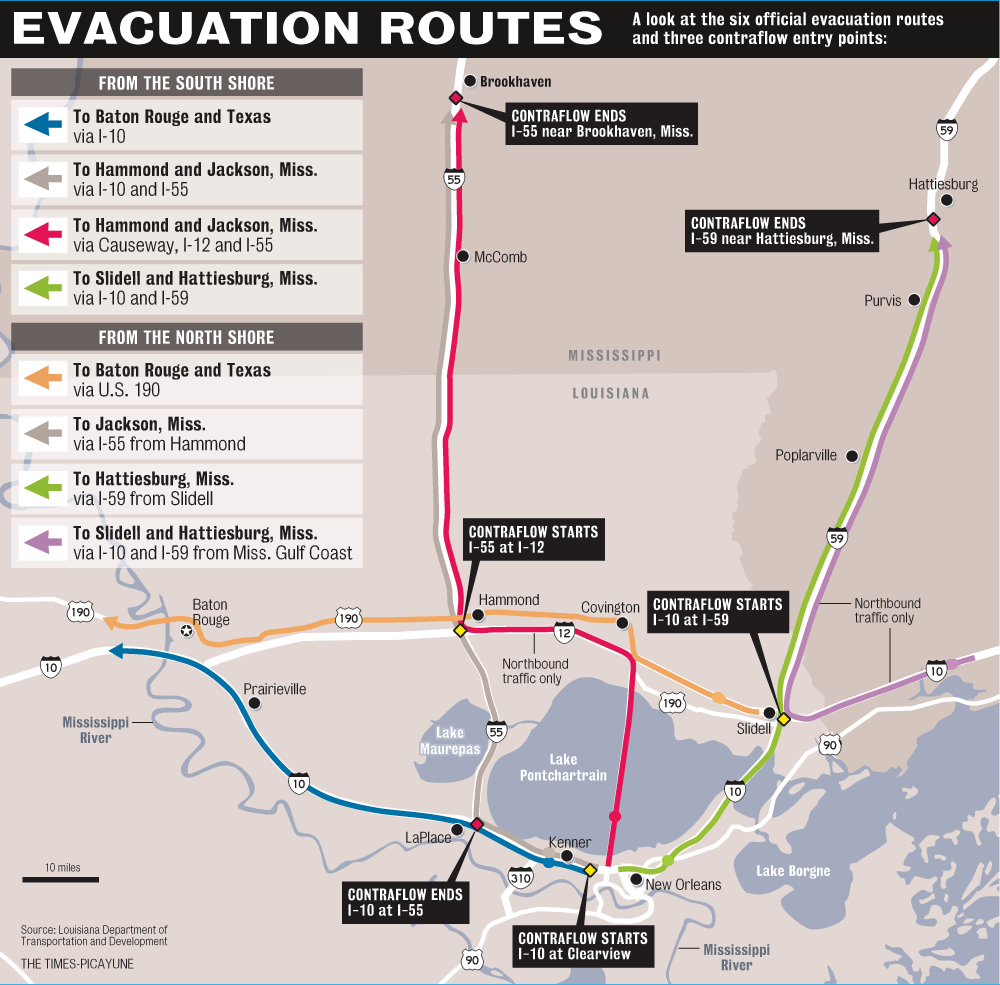Overview

We are shifting our focus now from vulnerability assessment and hazard mitigation to the next stage of emergency management, preparedness. One way you can think of this phase is that it involves activities to address shortcomings in planning aimed at reducing vulnerability and mitigating hazards. Preparedness is about what you need to be able to do when the worst happens - being ready to respond and promote recovery.
In this lesson, you will read about ways in which geospatial analysis can be used to target intervention and evacuation efforts to reduce the impact of forecast disasters. You'll respond to one of the readings with a written critique. This week, the emerging theme discussion focuses on Humanitarian Logistics and Supply Chains. Finally, for your term project, you will develop a detailed outline to help guide your progress.
What You Will Learn
At the successful completion of Lesson 4, students should be able to:
- explain disaster preparedness and how it is supported by geospatial perspectives and technology;
- critically evaluate technical literature on geospatial analysis for emergency preparedness;
- evaluate and discuss disaster and humanitarian logistics and supply chains;
- complete an outline for your term project report.
What You Will Do
Lesson 4 is one week in length. To finish this lesson, you must complete the activities listed below.
| To Read |
|
|---|---|
| To Do |
|
Please refer to the Course Calendar for specific due dates.
Questions?
If you have questions about the content or lesson activities, please post them to the General Questions and Discussion forum in Canvas. While you are there, feel free to post your own responses if you, too, are able to help a classmate. If your question is of a personal nature, please email me directly through Canvas.